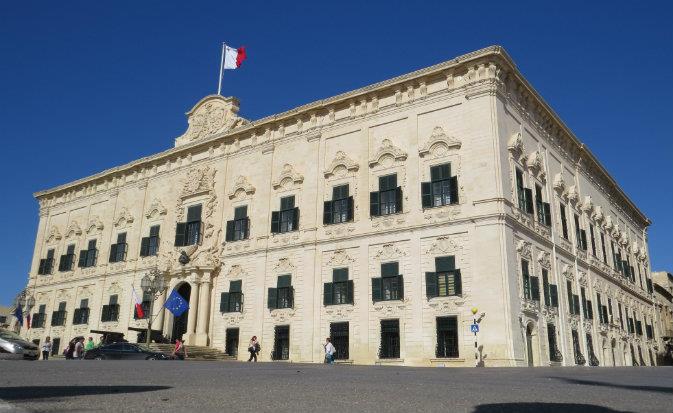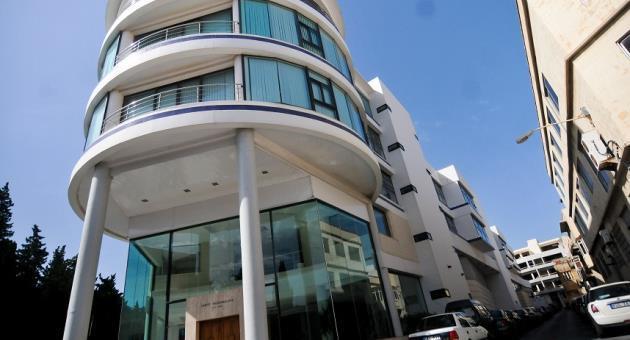The Statistics on Income and Living Conditions (SILC) survey revealed that during 2015, the monetary at-risk-of-poverty rate stood at 16.3 per cent. The at-risk-of-poverty or social exclusion rate stood at 22.4 per cent.
The survey gathers information on the income and living conditions of households residing in Malta. This is a panel survey (same sample persons are followed for four years) and almost 4,300 households are included in the study.
The average household gross income and the average household disposable income stood at €31,429 and €25,960 respectively. These figures were used for the computation of the median National Equivalised Income (NEI) and the monetary at-risk-of poverty threshold. The wealth (assets) of the household and gains from transfer of such, are not a variable covered by the survey but income derived from such assets is included.
The NEI is defined as the household’s total disposable income divided by its “equivalent size”, to take into account the size and age distribution of the household. The S80/S20 ratio, which compares the NEI-based earnings of the highest and lowest 20 per cent income earners, stood at 4.2.
The at-risk-of-poverty threshold corresponds to the 60 per cent of the median NEI. This rose by 5.5 per cent when compared to the previous year, mainly driven by an increase in employment income, reaching €8,096. This is the level of the persons’ equivalised income of a household, below which the persons in that household are considered at-risk of-poverty. The survey showed that 68,658 persons living in private households, or 16.3 per cent, had an equivalised income below this threshold.
The at-risk-of-poverty rate among persons aged below 18 years of age stood at 23.4 per cent. This rate stood at 21.0 per cent for persons aged 65 years and over. Persons living in single parent households were found to be more susceptible to being at-risk-of-poverty. In fact, 45.3 per cent of these persons had an NEI below the at-risk-of poverty threshold. Differences remain in the at-risk-of-poverty rates between households with and without dependent children as during the past years. In this regard, figures stood at 18.4 and 14.1 per cent respectively for 2015.
The at-risk-of-poverty rate was found to decrease with increasing household work intensity (refer to methodological. Indeed, 69.1 per cent of those living in households with very low work intensity were at-risk-of-poverty compared with only 1.9 per cent for those living in households with very high work intensity.
The severe material deprivation rate stood at 8.1 per cent. More than 40.0 per cent were living in households which claimed that not all the household members could afford to pay for a one-week annual holiday away from home. In addition, 21.1 per cent said that they could not afford to face unexpected financial expenses, while 13.9 per cent said that they could not afford to keep their home adequately warm in winter.

In a statement the government said that, for the first time in ten years there was a reduction in the poverty and social exclusion rates. Today’s figures have shown that the reduction is now more consistent.
The government said the poverty rate was now just under half a percentage point less than last year.
On the other hand, the rate had increased from 20% to 24% (+18,000) under the previous administration. This was the very opposite of that administration’s pledge to reduce the number of people who were at risk of poverty by 6,560.
“Progress has finally been made with a reduction of 5,000 people from the list.” The government said it will continue to address the issue in the upcoming budget.

On the other hand the Nationalist Party said the NSO statistics confirmed that the number of people who were at risk of poverty increased significantly under Joseph Muscat’s premiership.
“The PL used to say before the last general election that there were 88,000 people at risk of poverty. That number now stands at 94,250 – an increase of more than 6,000. In Labour’s first year in power the number shot up to 100,000 and, although it has now gone down, the number is still greater than it was before the election.”
The PN said that food prices had shot up – this had been confirmed by the recent Caritas report. The contents of the report have now been confirmed by the NSO statistics.
“Muscat has no interest in addressing the challenges these families are facing as he is more interested in his friends who have secret companies in Panama,” the PN said.
“On the other hand PN Leader Simon Busuttil has already started explaining his vision on how low-income families and those at risk of poverty will experience improvement. This includes better rent subsidies and the lowering of rent fees.”
The statement was signed by Social Policy shadow minister Paula Mifsud Bonnici and MPs Robert Cutajar and Stephen Spiteri.